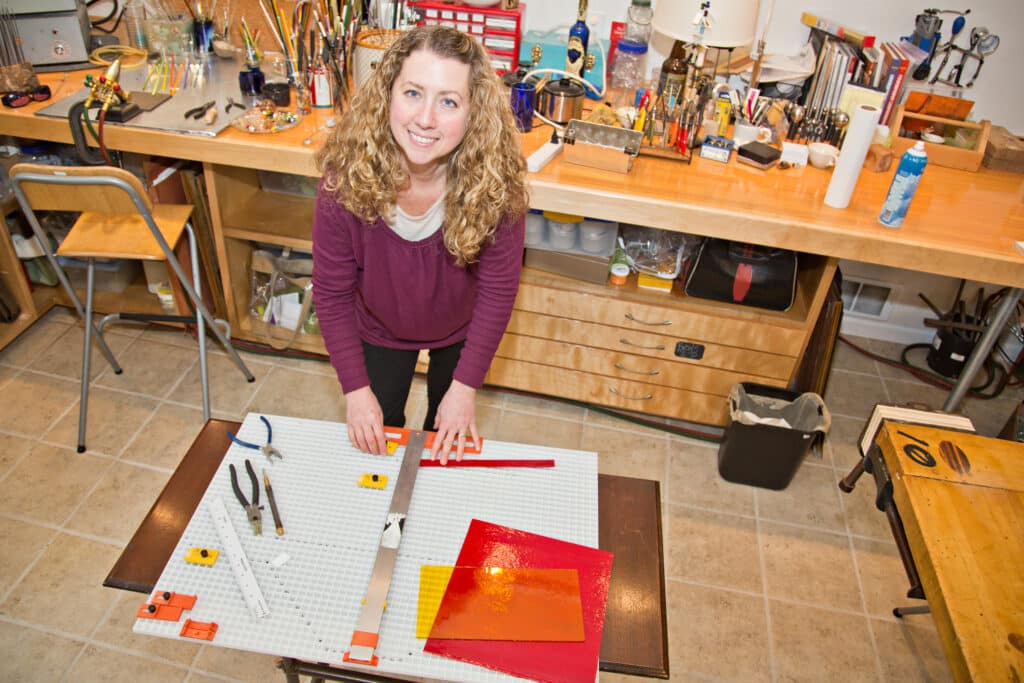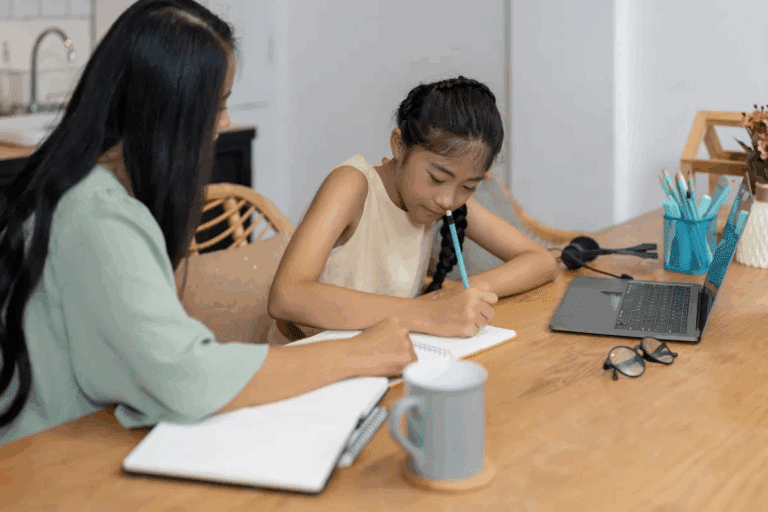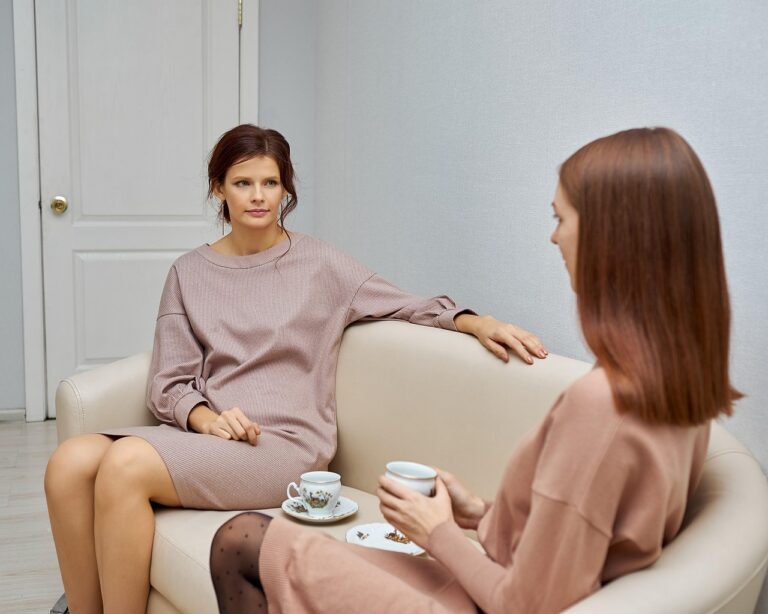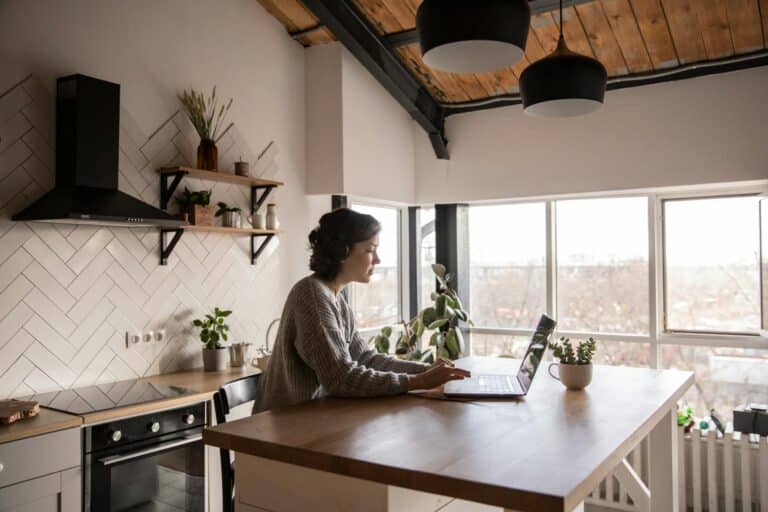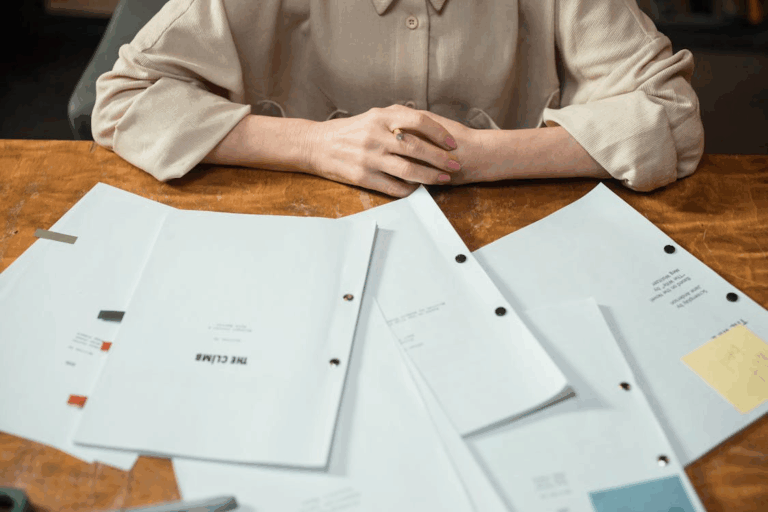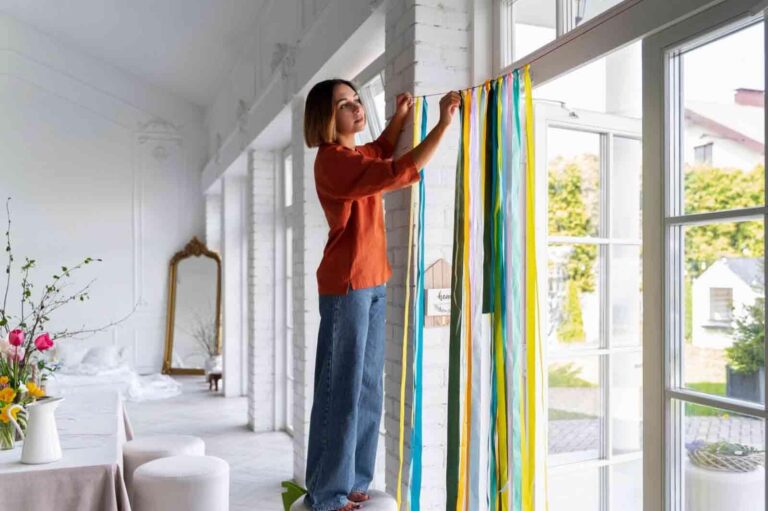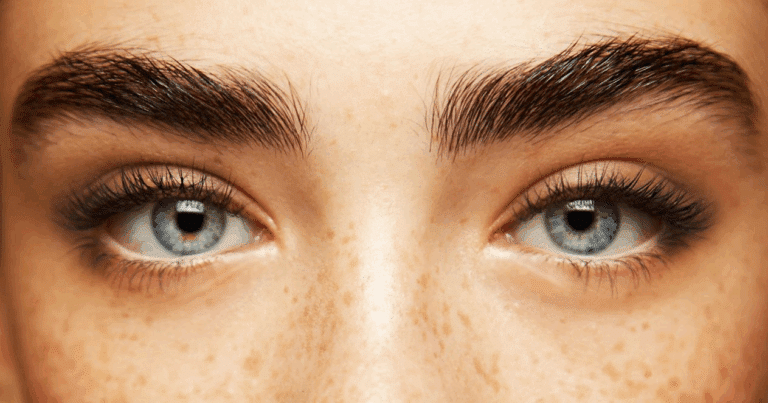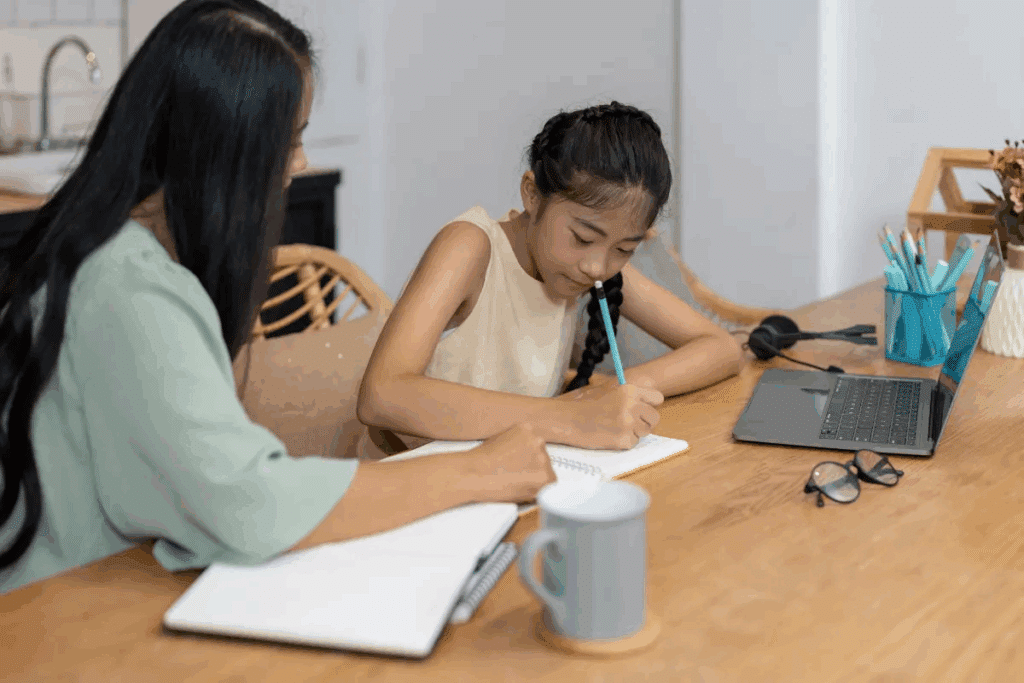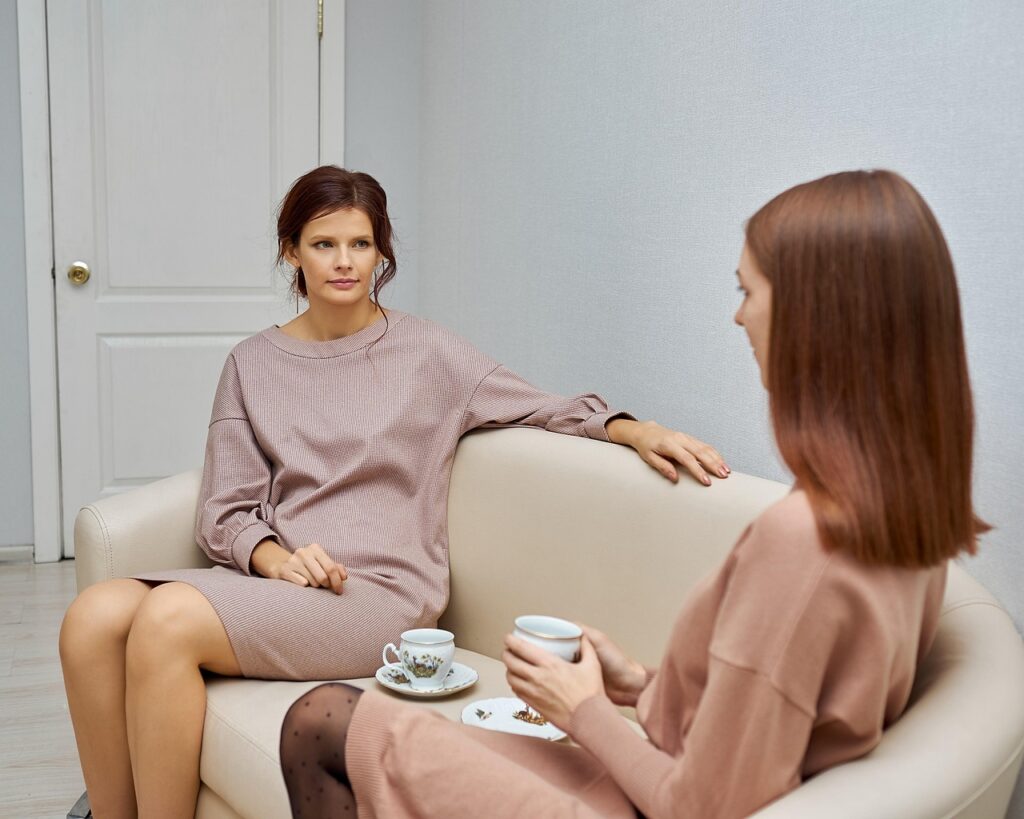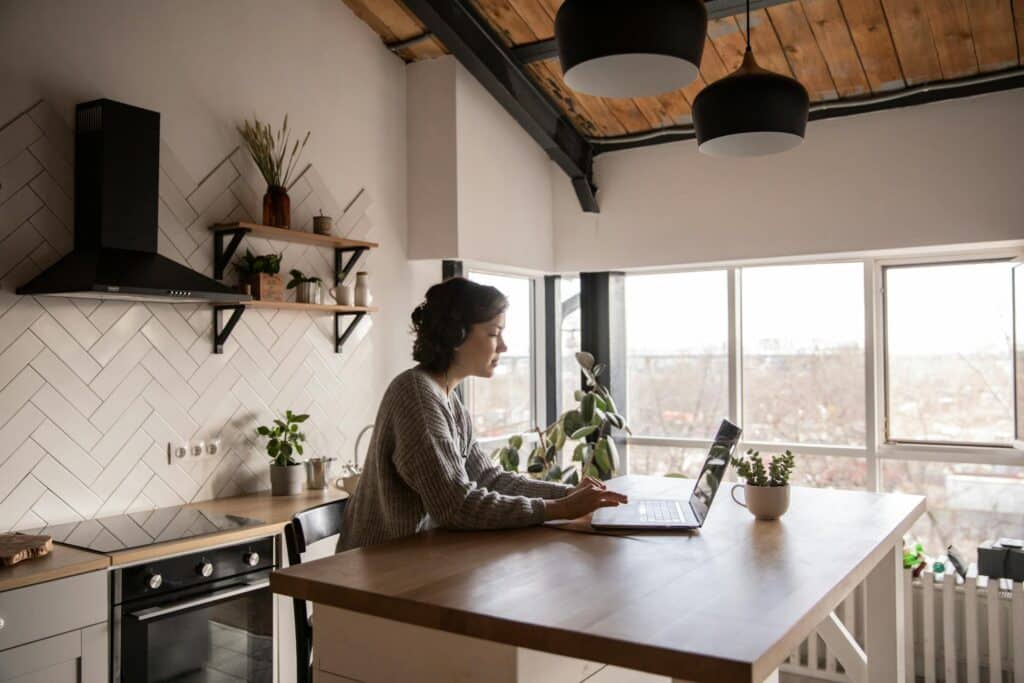Image source: Dreamstime.com
In a world that constantly demands speed, productivity, and instant results, the act of slowing down to make something with our hands can feel almost radical. Yet that’s exactly what many people are rediscovering—a quiet, meditative joy in creating handmade art. Whether it’s pottery, embroidery, painting, or woodworking, crafting connects us to something deeper than the finished product. It’s an experience that grounds us, soothes our minds, and restores our sense of presence in an increasingly digital world.
Handmade art isn’t about perfection or profit—it’s about process. The deliberate pace of crafting allows the mind to focus, the body to find rhythm, and the spirit to breathe. In many ways, it’s one of the oldest and most natural forms of meditation we have. And today, as stress, burnout, and screen fatigue rise, the meditative power of handmade art feels more essential than ever.
The Lost Art of Slowing Down
Modern life rarely gives us space to pause. We’re constantly connected—scrolling, typing, reacting. Our hands are busy, but our hearts are restless. Crafting invites us to reverse that equation. When we pick up a paintbrush, a needle, or a lump of clay, we slow down not just physically, but mentally.
There’s no shortcut to knitting a scarf or carving a wooden bowl. The repetitive motions demand time and attention. But in that slowness, something beautiful happens: our minds quiet down. The constant internal chatter gives way to focus. The outside world fades, and for a while, we simply are.
This act of slowing down is profoundly healing. Studies have shown that engaging in creative activities can lower stress hormones, reduce anxiety, and even alleviate symptoms of depression. Crafting gives the mind a safe place to rest—a refuge from the rush.
Crafting as Active Meditation
Many people think of meditation as sitting cross-legged in silence, but mindfulness can take many forms. Crafting, with its repetitive movements and sensory engagement, can be a powerful form of active meditation.
When you knit, for example, your hands follow a familiar rhythm—loop, pull, loop, pull. Your breathing syncs with the movement. The same is true for painting brushstrokes, shaping clay, or threading beads. These tactile, rhythmic actions naturally anchor your focus in the present moment.
Unlike passive distractions, crafting keeps your brain gently engaged. You’re aware, but not stressed. You’re doing, but not rushing. The world outside may still spin, but in that creative moment, time slows—and you find peace in the making.
The Science Behind the Calm
The meditative benefits of handmade art aren’t just poetic—they’re backed by science. Researchers have found that creative activities can activate the brain’s reward system, releasing dopamine, the chemical associated with pleasure and motivation.
At the same time, crafting engages both hemispheres of the brain—the left side handles structure and logic (following patterns, counting stitches), while the right side deals with creativity and intuition (choosing colors, designing shapes). This balance helps regulate emotions and enhances overall mental well-being.
Furthermore, repetitive, focused actions—like stitching, carving, or drawing—trigger a relaxation response in the body, similar to deep breathing exercises. Heart rate slows, muscles loosen, and stress melts away. For many, crafting becomes a reliable mental health tool, as effective as meditation or journaling.
A Connection to the Physical World
In an age where so much of our experience is digital, handmade art brings us back to the physical. We spend hours each day interacting with screens—creating emails, documents, or posts that exist only as pixels. Crafting, by contrast, results in something tangible—something you can touch, hold, and share.
That tactile connection is deeply grounding. There’s satisfaction in feeling yarn between your fingers, or clay beneath your palms, or the vibration of a chisel on wood. Each texture, smell, and movement engages the senses, pulling us out of abstraction and back into reality.
When you finish a handmade project, you hold evidence of your time, focus, and care. It’s not just an object—it’s a story of presence.
Imperfection as a Path to Peace
One of the most freeing aspects of handmade art is that it embraces imperfection. Machines can make flawless products, but human hands leave traces of individuality—slight variations, uneven edges, small surprises. These details remind us that beauty doesn’t require perfection; it requires authenticity.
Perfectionism often breeds stress and paralysis. We hesitate to start because we fear mistakes. Crafting dissolves that fear by reframing imperfection as expression. A misplaced stitch or an uneven brushstroke isn’t a flaw—it’s a fingerprint, proof that a real person made this.
Learning to accept imperfection in our art teaches us to accept it in ourselves. It’s a quiet lesson in compassion—both for the materials we work with and for the person doing the work.
The Joy of Creation Over Consumption
Our society is built around consumption—buying, upgrading, replacing. Handmade art invites us to step out of that cycle and rediscover the joy of creation. When you make something by hand, you engage with patience, intention, and care. You become an active participant in your environment, not just a consumer of it.
There’s also a subtle but powerful psychological shift that happens when you create instead of consume. Making something tangible restores a sense of agency. It reminds you that you’re capable of shaping your world—not just reacting to it.
Even small projects can reignite this sense of purpose. A hand-painted card, a sewn pillow, or a clay ornament becomes more than a decoration—it’s evidence of your ability to imagine and bring something new into being.
Crafting as Community and Connection
Though many crafts are solitary, the culture around handmade art often fosters deep community. From knitting circles to pottery classes to online crafting groups, creative hobbies bring people together through shared passion and patience.
Working alongside others—whether in person or virtually—creates a unique kind of social connection. Conversation flows naturally when hands are busy. The act of making becomes a form of communication, a shared rhythm that builds understanding and belonging.
Even outside formal groups, handmade art connects us to generations past. Many crafts—like weaving, woodworking, or embroidery—are traditions passed down over centuries. When you engage in them, you’re participating in a lineage of makers who found meaning in creation long before modern technology existed.
This continuity provides a comforting sense of perspective: people before us used their hands to create beauty, and we carry that same instinct today.
Mindfulness in Every Material
Part of the meditative power of crafting comes from being fully aware of the materials themselves. Choosing fabrics, blending colors, or shaping clay requires observation, touch, and patience. You learn to notice details—the softness of wool, the scent of wood, the way light changes a surface.
Each material has its own personality, and working with it teaches respect. You can’t rush clay; it cracks. You can’t force fabric; it puckers. These small lessons echo larger truths: that creativity, like life, requires patience, adaptability, and listening.
By treating materials with care, you also cultivate gratitude—for the natural resources they come from, and for the opportunity to turn them into something beautiful. Sustainable crafting, where materials are reused or ethically sourced, adds another layer of mindfulness, allowing you to create with intention and respect for the planet.
Crafting as Self-Care
Handmade art is more than a pastime—it’s a form of self-care. It offers an outlet for emotions that words can’t always express. The repetitive motions of knitting or weaving can be soothing during stress; painting or sculpting can be cathartic during sadness.
Many therapists now use art and craft activities as part of mental health treatment because they encourage emotional expression without pressure. There’s no right or wrong way to create—only movement, texture, and color as extensions of inner feelings.
In a world where self-care is often marketed as products to buy, crafting reminds us that care can come from creation—from time spent nurturing something into existence.
The Ripple Effect of Handmade Living
The mindfulness learned through crafting often spills into other areas of life. When you spend time making things by hand, you start to notice the handmade everywhere—in furniture, food, gardens, and architecture. You become more aware of the time and effort behind the things you use.
This awareness naturally cultivates gratitude and reduces waste. You begin to choose quality over quantity, purpose over impulse. Handmade art reminds us to value process, patience, and the human touch.
Even photographing or sharing your creations—perhaps using beautifully staged stock photos as inspiration for your setups—can deepen appreciation for handmade beauty and connect you with others who share your values.
Finding Stillness in the Act of Making
At its heart, crafting is a journey toward stillness. It doesn’t demand perfection, productivity, or performance—just presence. It’s a reminder that we can create beauty quietly, slowly, and with purpose.
Each stitch, stroke, or fold becomes an anchor in time—a small, meditative act that brings balance to our hurried lives. And in that balance, we rediscover something profound: the simple joy of being human.
When you engage in handmade art, you’re not just making an object—you’re making space for peace, reflection, and wonder. It’s a practice of turning inward to reconnect with what truly matters.
So perhaps what we all need isn’t more noise or more screens, but more moments like this: hands steady, mind calm, heart open. Because when we make something by hand, we’re not just creating art—we’re creating ourselves.

